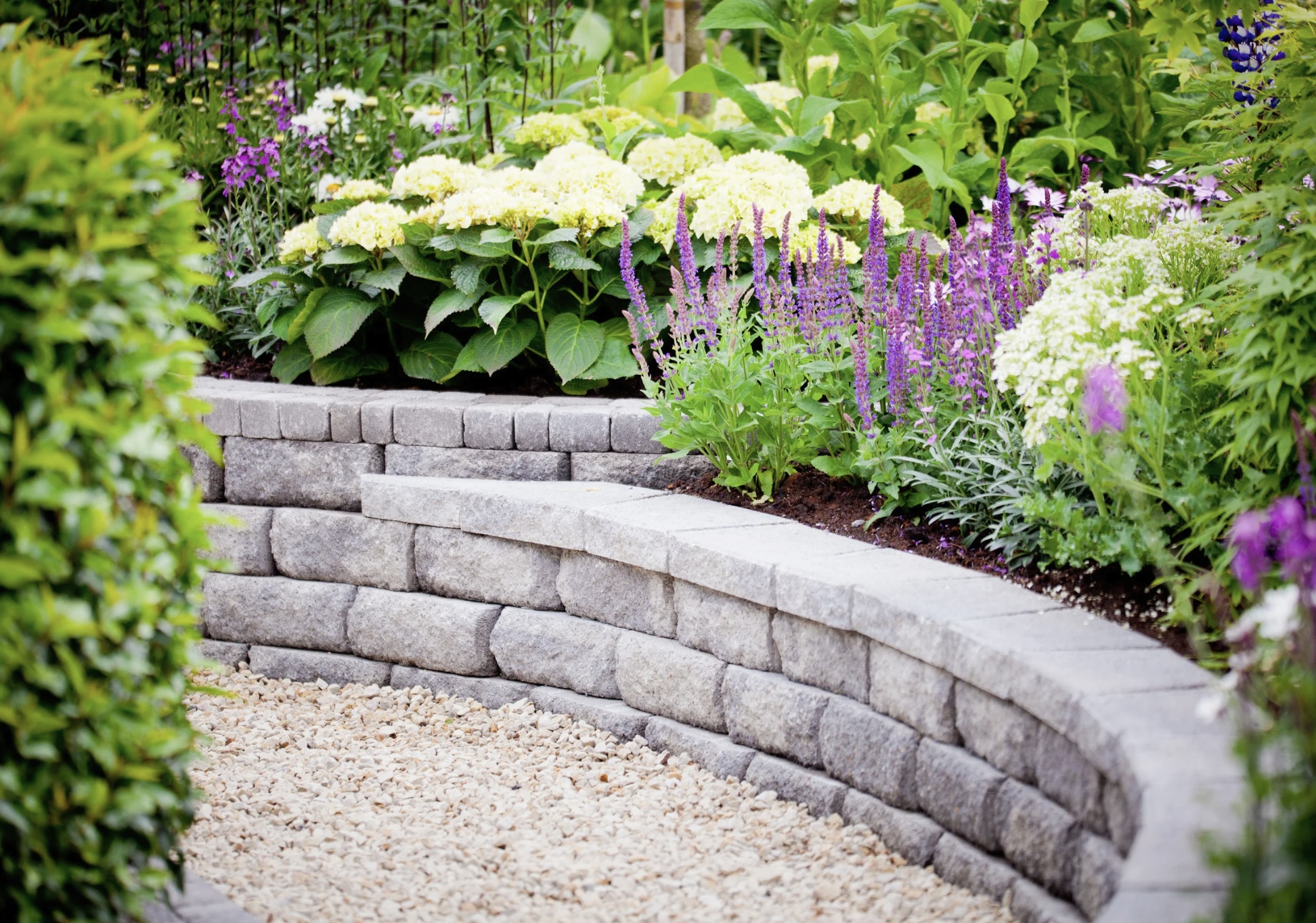
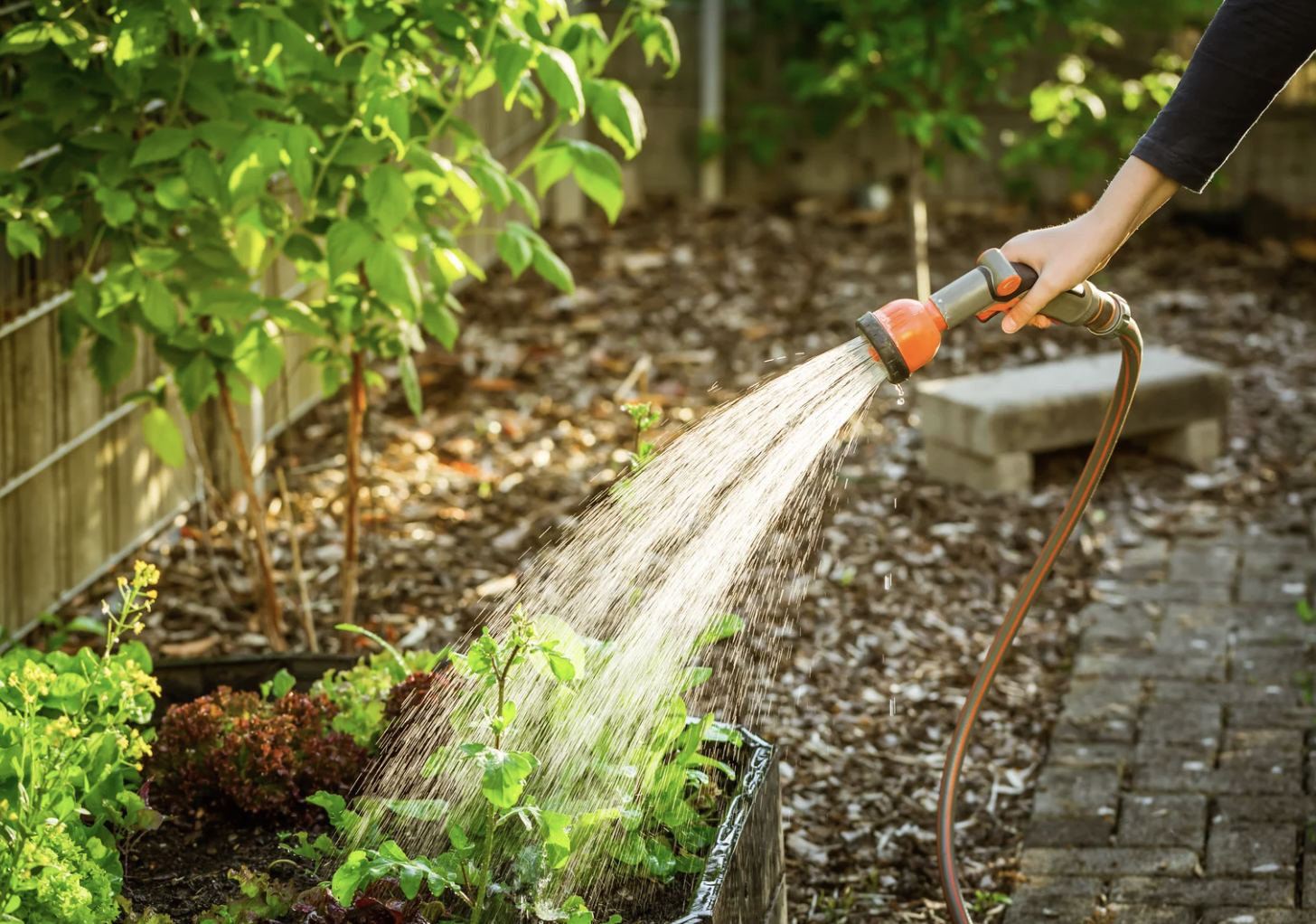
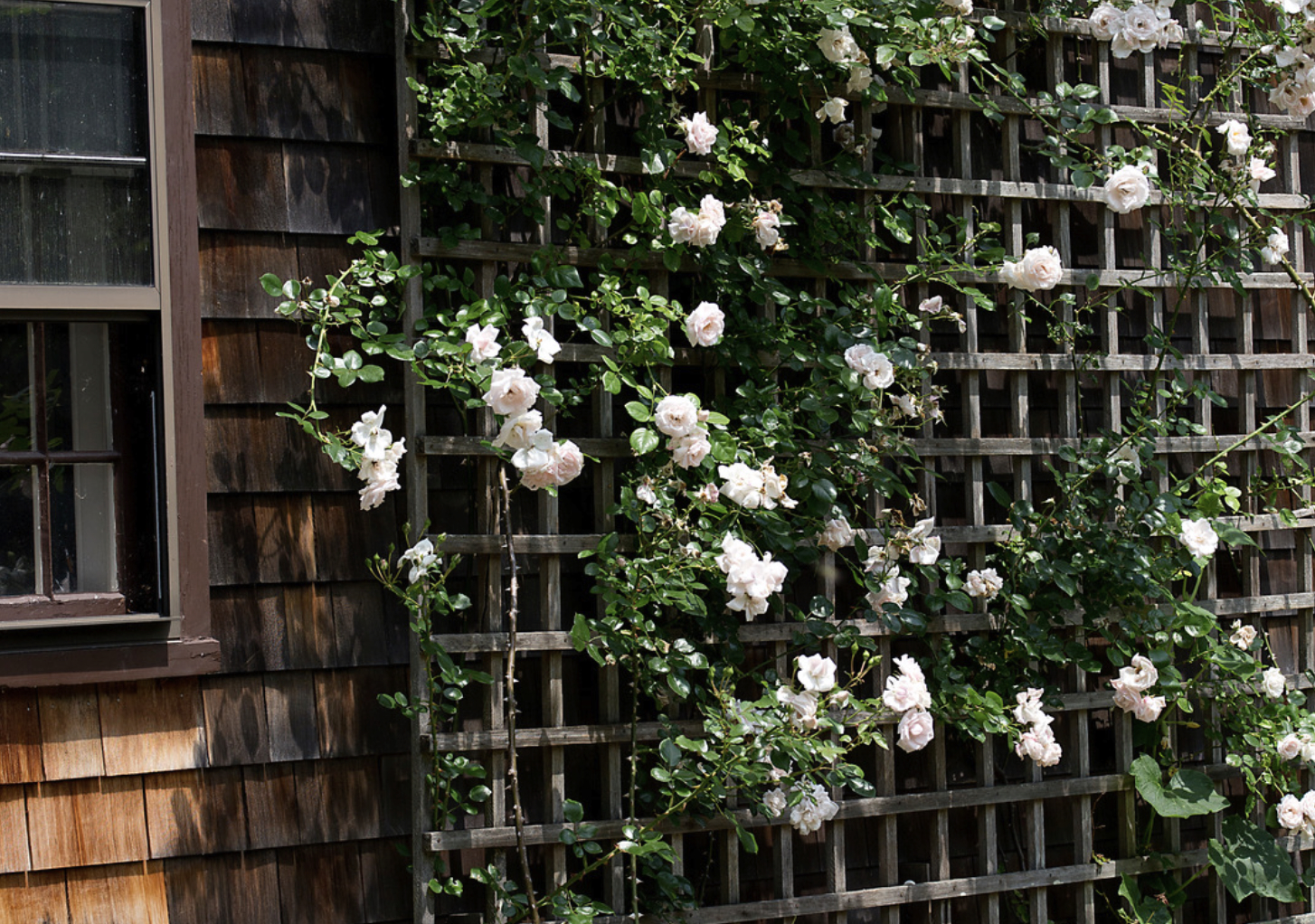
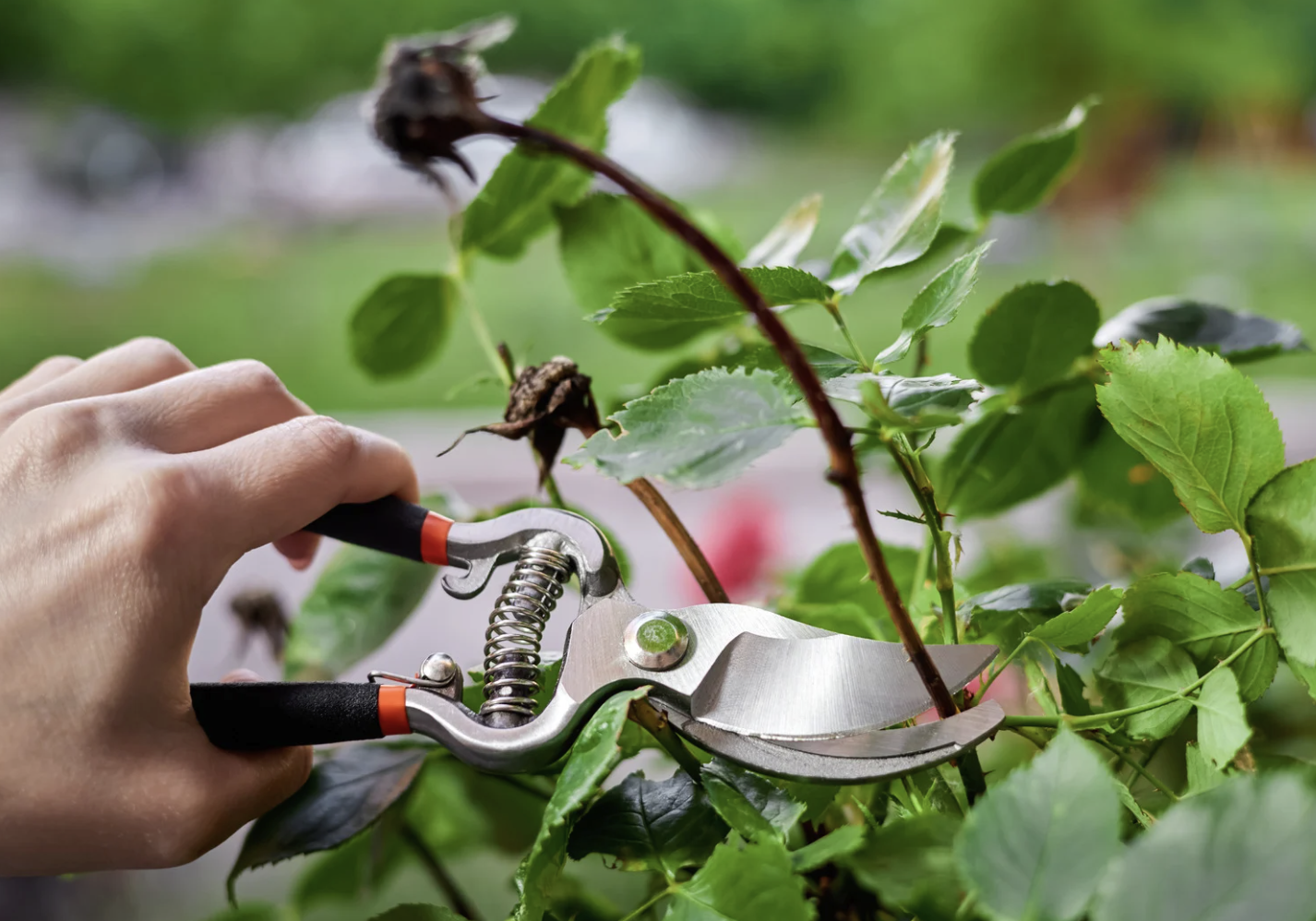
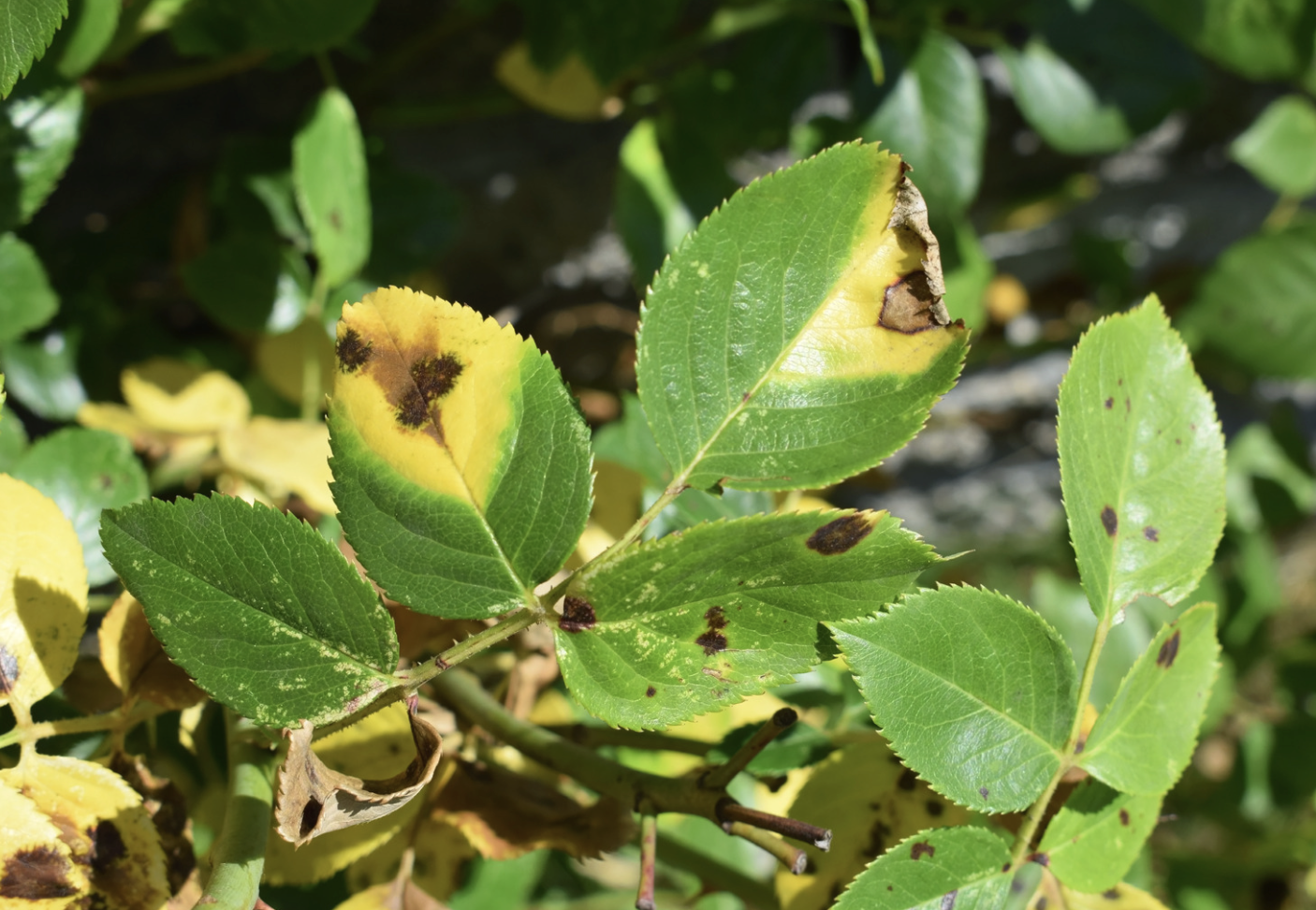
Make a Plan:
Summer is a great time for fast growth in trees, shrubs, and especially perennials. One way to ensure they have everything they need to take off, is consistent watering. Especially if they are newly planted. Most newly planted trees, shrubs, and perennial plants need around an inch of water a week:
- Check that your outdoor spigots and hoses are ready and working property
- Time out how long it takes to water all the plants in your yard that need it by hand, and consider the aid of soaker hoses or drip line irrigation if you don’t already have it.
- Pay special attention to those plants planted in south facing & western facing beds, as those will get the most direct sunlight at the hottest parts of the day. Don’t forget to note any windy areas as those can also dry out faster.
- Keep any eye on the weather forecast and plan to provide supplemental watering to get through particularly hot or dry conditions.
- If you plan to take vacations away from home, set up timers and hoses to water in your absence - or else hire or enlist neighbors to keep an eye on things while you are away.
Water Early and Water Deeply:
- Summer’s biggest struggle is ensuring there is ample water for plants to not just survive, but thrive.
- Watering is best done in the early morning, before things get hot. Try to give the plantings a good soaking, rather than watering in short shallow bursts.
- Plants that receive deep and infrequent soakings become better rooted in the soil and better able to withstand drought conditions when they occur. Shallow rooted plants can also topple over easier as they don't have a good footing in the ground.
Water the Roots, Not the Foliage:
- It can be tempting to use a sprinkler system on your ornamental plants, which are common use for lawns. These are not designed for shrubs and perennials and spray most of the water on the leaves of the plant. Not only does this mean the plant can't get access to that water, but combined with the warm temperatures of summer - can promote fungal growth and other problems with your ornamental plantings.
- One of the reasons we recommend watering in the morning is so any excess water that accidentally makes it on the foliage, has time to evaporate before nightfall.
Plants Might Need Extra Support:
- Summer thunder storms often include big dumping rain storms as well as high gusts of wind, possible hail, and tornado threats. While we can't do much about the heavy rains, you can keep an eye out for the wind:
- Secure patio furniture, umbrellas, small statures, etc. Or anything else that can blow over in a storm and damage trees or shrubs.
- Stay on top of pruning your larger trees so limbs don't fall on houses or cars.
- Put in place any sturdy trellis at the beginning of the season for vining plants and make use of perennial hoops to help support shrubs like hydrangeas that bloom with large flower heads that hold on to water and tend to droop.
- Keep an eye on any tall but thin plants, like sunflowers, young arborvitae, Italian cypress, etc. these might need additional temporary support for those really high predicted winds of a tropical storm or hurricane.
Summer Pruning:
- Plants that have just finished flowering in the Spring benefit from being pruned in early summer. These include plants like azaleas, viburnum, forsythia, loropetalum, quince, and many others.
- Plan to prune and continue deadheading any flowering perennials throughout as well to keep everything looking its best. Deadheading is sometimes necessary to encourage a second flowering and helps to prevent unwanted seedlings in the beds.
Pesky Pests, Funky Fungi, and Gosh-Darn Diseases:
We aren’t the only ones who love the warm weather! Summer is also a time for increased insect activity, possible fungal growth, and the chance for plant diseases to spread. You can pick up any insecticide, fungicide, or horticultural treatments you might need at either of our retail locations in the Garden Pharmacy:
Pests: Keep an eye out for munching or small holes in leaves of plantings; this can indicate insects are feeding on your plants. Other possible signs of pests include small webs over leaves or flowers, and even visible clouds of white or green insects on the leaves and stems.
Fungus: Warning signs include: Black or white powdery substances on leaves or blooms, splotches of yellow, brown or black discoloration on foliage, moldy growths, sudden leaf drop, and dieback.
Diseases: Diseases can present a lot like fungal issues, including unusual changes in the leaves shape, color, texture. Wilting or yellowing leaves and the presence of spots, blotches, or lesions.
Prevention for pests, disease, and fungal problems begins with vigilance and establishing good garden practices like watering well, using clean tools, and staying on top of maintenance. Many problems can be avoided with proper attention, and a well cared for planting is stronger at resisting any pests or problems it may face.
Summer is a lot of fun and a great time to be outdoors - keeping an eye on your garden is rewarding for both you and your plants. Happy Gardening!
